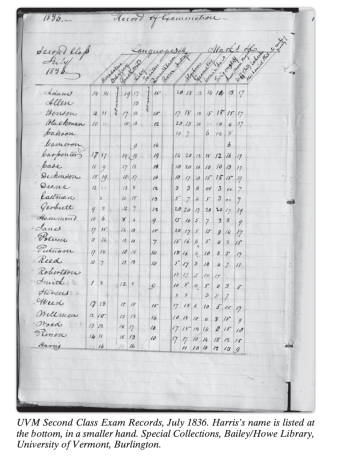Workers in the deep fryer
McDonalds workers are not “lovin’ it.” Wendy’s employees have grown tired of putting in long hours – unable to claim “now that’s better.” And the laborers of Taco Bell would like to “live mas,” if they could get out of the viscous cycle of working multiple jobs at minimum wage.
The fast-food industry has long held a reputation for being scant on benefits and low on pay. Its workers cannot survive on the pay from one job alone.
Protests have generally not gained enough momentum and sufficient nationwide participation from workers until the past year.
In November of 2012, over 200 fast-food workers from 20 restaurants in New York participated in a one- day strike, which the New York Times described as “the first such walkout in the history of the nation’s fast-food industry.”
Since then, groups such as Fast Food Forward and Fight for 15 have formed to rally the cry for better pay.
Fight for 15 specifically aims to raise the wages for fast-food workers above the federal minimum wage of $7.25 to $15.
On December 5th the organizers of the Fight for 15 movement will sponsor workers in 100 different cities to participate in a one-day strike.
Additionally, they will sponsor protest events in 100 other cities. Cities that have not witnessed fast-food strikes, such as Providence, RI, Charleston, SC, and Pittsburgh, PA, will see protesting in action.
Now, $15 is a huge increase in pay. As an employer, if given the choice to hire several $15 per hour workers or invest in an automated machine to do their jobs, it is easy to guess which one the employer would choose.
However, the fact remains that $7.25 is not enough for people to live on. Neither is $8.90, which is the median wage of the fast-food industry.
It’s a growing concern, too. Since 2000, there has been a 50 percent increase in fast-food jobs in New York City – ten times the growth rate of any other occupation.
The modern fast food employee is no longer the stereotypical high school kid, but an adult with children of her own.
According to the National Employment Law Project, the average age of a fast-food worker is 29 years.
Shame on CEOs of major fast-food companies who sleep at night knowing that they make millions per year while their employees can barely afford to feed their children.
Protests and strikes are necessary. Coupled with the increase in fast-food jobs, the rise of living costs, the slow economy, the changing demographics of the workers and the appalling trend of increasing annual CEO salaries while workers are barely accessing food and shelter, it makes a clear case for change. We have reached fever pitch.
The concept that an individual has a job or two and spends the majority of their days working and still cannot support their family is unacceptable. The pay from one job should be sufficient for a person to survive on, and given the profits of these major fast-food companies, this treatment of workers is deplorable.
The movement of earning $15 per hour is a far stretch given the current status quo, but even $9 or $10 would be an improvement.
Ultimately, these protests need to send the message that underpaying workers is not only an ethical problem, but also a problem that erodes our society at its core.










